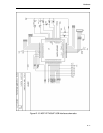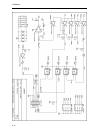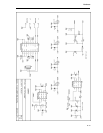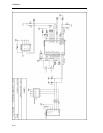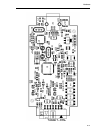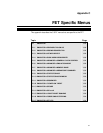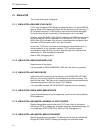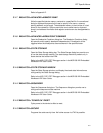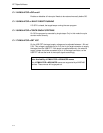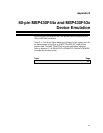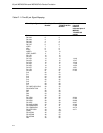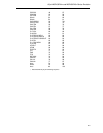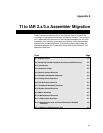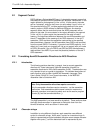
FET Specific Menus
C-3
Refer to Appendix D.
C.1.7 EMULATOR->ADVANCED->MEMORY DUMP
Write the specified device memory contents to a specified file. A conventional
dialog is displayed that permits the user to specify a file name, a memory
starting address, and a length. The addressed memory is then written in a text
format to the named file. Options permit the user to select word or byte text
format, and address information and register contents can also be appended to
the file.
C.1.8 EMULATOR->ADVANCED->BREAKPOINT COMBINER
Open the Breakpoint Combiner dialog box. The Breakpoint Combiner dialog
box permits one to specify breakpoint dependencies. A breakpoint will be
triggered when the breakpoints are encountered in the specified order.
C.1.9 EMULATOR->STATE STORAGE
Open the State Storage dialog box. The State Storage dialog box permits one
to use the state storage module. The state storage module is present only in
those devices that contain the EEM.
Refer to the IAR C-SPY FET Debugger section in the MSP430 IAR Embedded
Workbench IDE User Guide.
C.1.10 EMULATOR->STATE STORAGE WINDOW
Open the State Storage window, and display the stored state information as
configured by the State Storage dialog.
Refer to the IAR C-SPY FET Debugger section in the MSP430 IAR Embedded
Workbench IDE User Guide.
C.1.11 EMULATOR->SEQUENCER
Open the Sequencer dialog box. The Sequencer dialog box permits one to
configure the sequencer state machine.
Refer to the IAR C-SPY FET Debugger section in the MSP430 IAR Embedded
Workbench IDE User Guide.
C.1.12 EMULATOR->”POWER ON” RESET
Cycle power to the device to effect a reset.
C.1.13 EMULATOR->SECURE
Programs the code security fuse. No further access via JTAG is possible.



